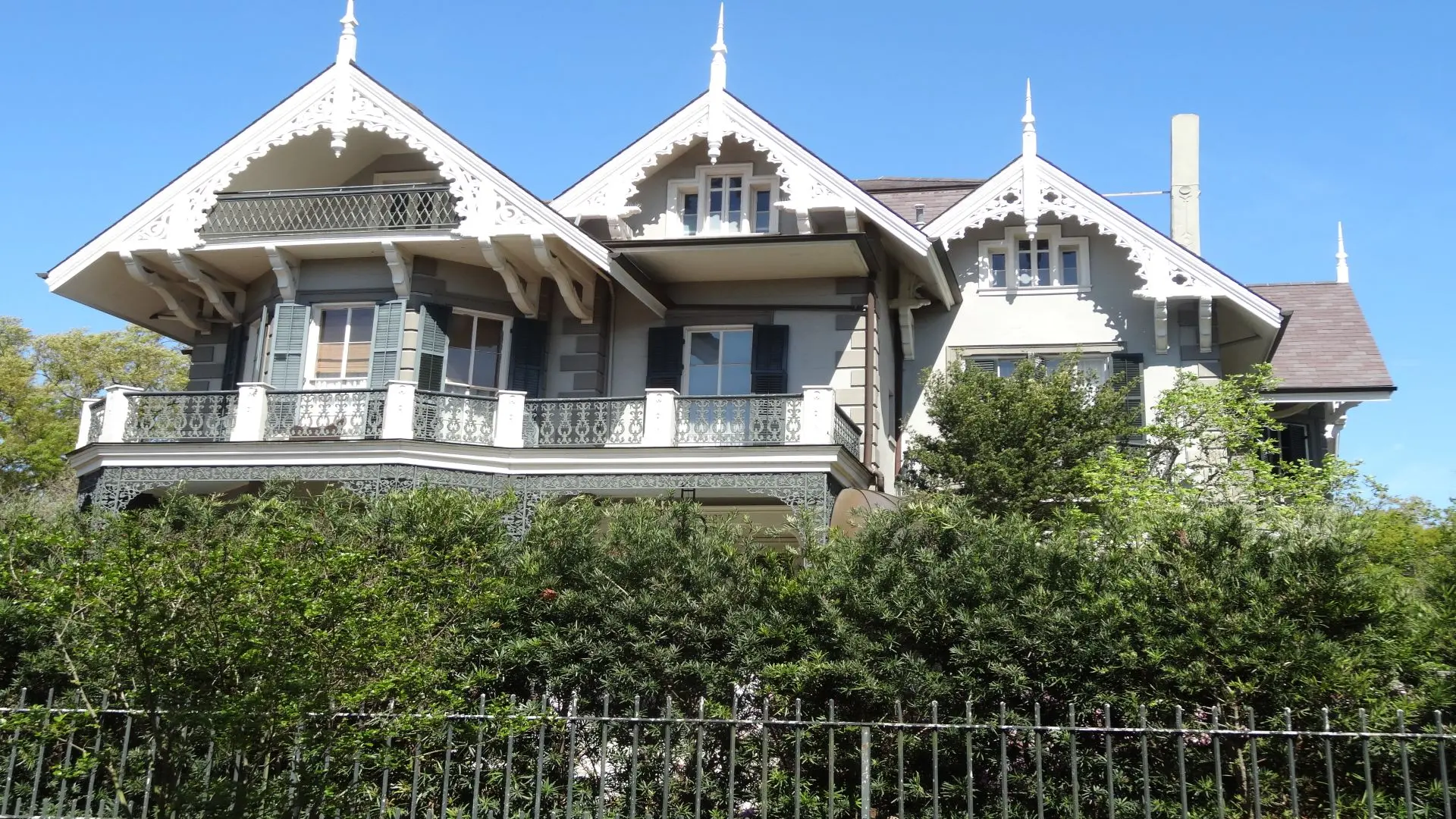The Great Architectural Reckoning
Minimalism has been the best style of architecture over the last twenty years. Its “less is more” concept promised a life of peace, clarity, and efficiency. We liked clean lines, spacious spaces, and on purpose not having any decorations. The end result? Buildings that work really well and look great, but for many people, they are becoming more sterile and soulless.
As we move into 2025, a strong movement against this is growing. It’s not that they don’t want development; they just really need more. People want places that tell a story, make them feel something, and connect them to a deeper sense of human history. This desire is causing a surprise yet deep rebirth of Gothic architectural ideas.
This isn’t about creating new cathedrals; it’s about rediscovering the potential of emotional design in reaction to the constraints of purely practical design.
The Search for the Sublime: Beyond Function
Minimalist architecture is all about what a building does. It’s about how useful it is, how well it works, and how easy it is to see. But Gothic architecture was really about how a building felt. The first cathedrals built in the Middle Ages were meant to be awe-inspiring. The high ceilings, complex embellishments, and colourful stained glass windows were all supposed to make people feel like they were in a holy realm that was too much for them to handle.
In a day where digital devices and short-lived information are everywhere, this experience of being grounded in amazement is a privilege. Modern architects are increasingly using Gothic tools to get the same emotional response. They are using:
- Verticality as Aspiration: Modern skyscrapers and private dwellings are taking inspiration from the Gothic style’s concern with height and vertical lines. The outcome is not merely a lofty edifice, but one that evokes a sense of ambition and magnificence.
- Using light on purpose: Minimalism employs light to make things as bright and open as possible, whereas modern Gothic-inspired design uses it to add drama and mood. Just like a stained-glass window turned sunlight into a magical show, modern designers are combining skylights, broken glass facades, and smart lighting to shape space with light and shadow, making an environment that is always changing and nearly alive.
Source: en.rattibha.com
The Return of Storytelling Through Decoration
One of the most important things about minimalism is that it doesn’t have any decorations. Everything is broken down to its most basic parts. The Gothic revival goes against this idea by saying that details and decorations are not unnecessary, but necessary for providing depth and story.
From Blank Canvas to Rich Tapestry: Instead of a plain wall, architects are bringing back detailed textures, patterns, and sculptural components. This is not a return to the cluttered excess of the Victorian era; it is a careful use of detail to make things look interesting and feel rich. Think of a modern concrete wall with a complicated, laser-cut design that looks like Gothic tracery, or a steel archway that looks like the delicate ribs of a vaulted ceiling.
A New Kind of ‘Gargoyle’: Literal gargoyles might be a stretch, but the modern look is bringing back the power of expressive, sculptural aspects on a building’s exterior. These embellishments break up the crisp lines and give the building a unique look and feel. This is very different from the style of many modern buildings, which are made in large numbers and look the same.
The Link Between “Dark Academia” and “Romantic Gothic”
This change in architecture isn’t happening in a vacuum. It is very connected to prominent cultural trends like “Dark Academia” and “Romantic Gothic,” which are taking over social media and pop culture in 2025. These styles highlight a gloomy, cognitively complex, and ornate look that is a direct visual rejection of simplicity.
- Interiors with a Soul: The most obvious effect of this is on interior design. People who own homes and designers are getting rid of rooms with white walls and little furnishings in favour of rooms with deep, dark colours, soft velvet furniture, and detailed woodwork. These rooms put comfort, character, and a feeling of history ahead of a cold, functional simplicity.
- The Appeal of History and Mystery: This tendency plays on our deep-seated need for nostalgia and a link to the past. People are drawn to Gothic-inspired design because it is permanent, mysterious, and tells stories. This is in a world when digital trends come and go quickly. It’s a way to get away from things that aren’t personal and back to things that are.

Source: home-designing.com
In Conclusion, The Future Is Not Only Useful, But Also Felt
The way people talk about architecture in 2025 is changing in a big way. Minimalism is still around, but it’s not the only way to think about the future of design. The return of Gothic ideas reveals that people want rooms that do more than just hold us; they want environments that inspire us, comfort us, and connect us to a deeper human experience.
This doesn’t mean giving up on current building methods or technology. It’s not about leveraging them to bring new life to an old design concept. It’s about bringing together the accuracy and speed of today’s world with the depth of feeling and beauty of the past. The most desired architecture in the future will be the kind that not only serves a purpose but also moves people.
References
Top 7 Modern Architecture Trends Shaping 2025: From Minimalism to Smart Homes – Neuroject
For more content like this CLICK HERE!!







